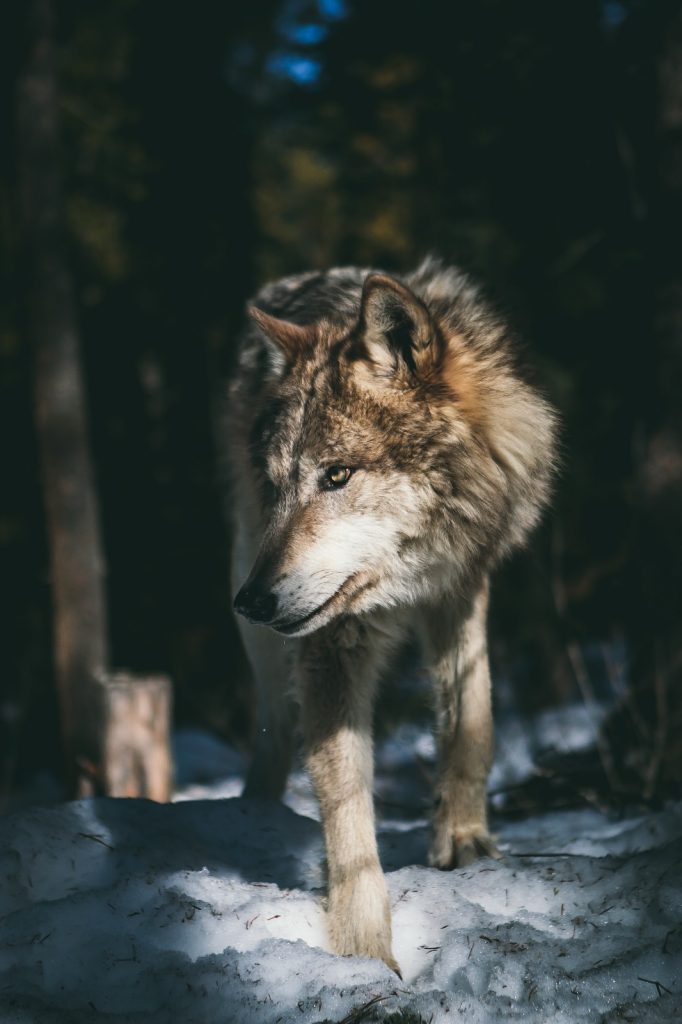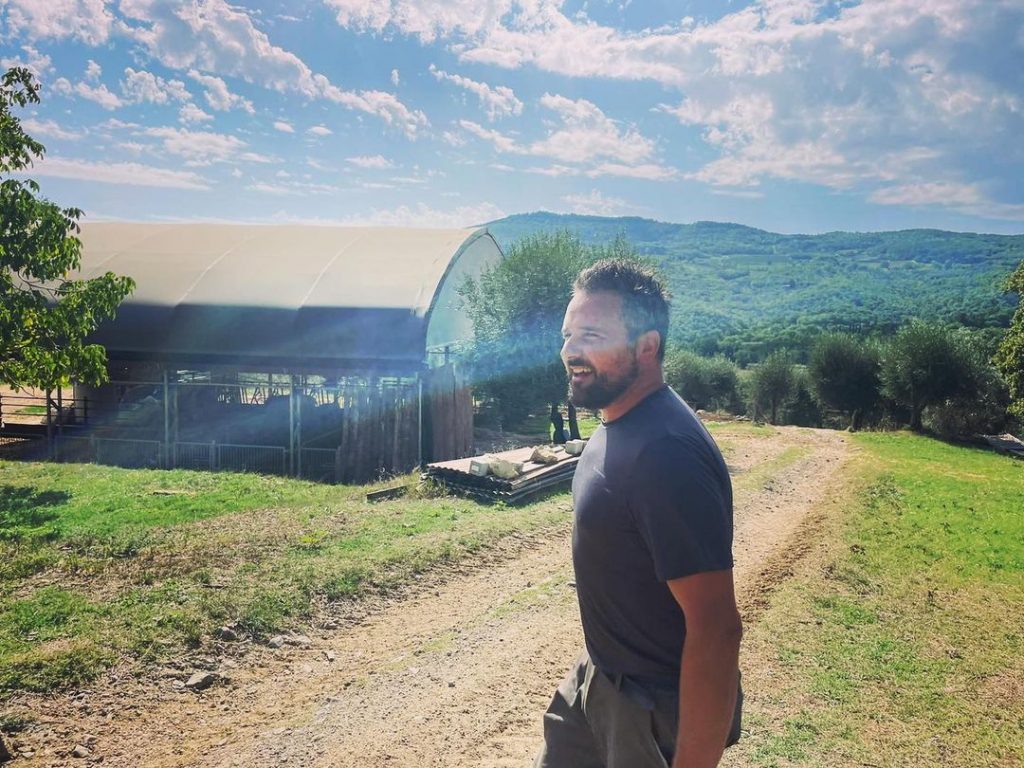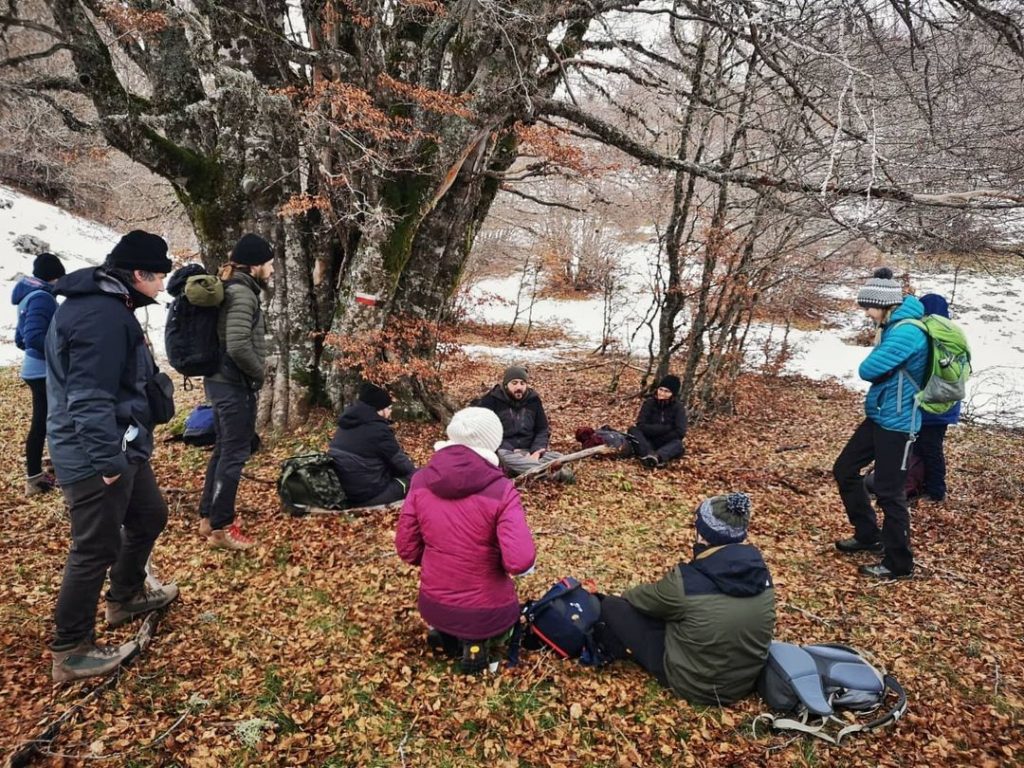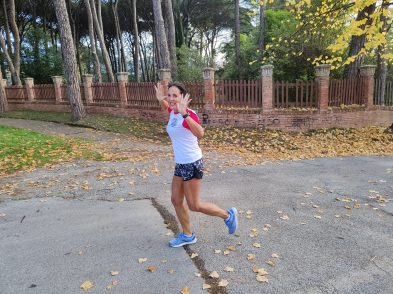Is Tuscany crying wolf, or being thrown to the wolves? Put differently, do the many wolves now in Tuscany bring biodiversity and natural changes to the fauna of our region and there is no need for the alarm that is currently being raised? Or do we have a really big problem? A personal—and scary—close encounter of the wolfy kind got me thinking. I had heard a lot about wolves in the area recently, but it was always a feeling akin to winning the lottery or having that impossible stroke of bad luck, just something that happens to other people. And now it had happened to me.

It’s not easy to calculate how many wolves there are in Tuscany. A 2014-17 study by Regione Toscana revealed there to be 110 wolf packs and estimated 530 wolves to be present within the region.
I turned to my closest point of reference for a wolf-related chat, Flavio Giannetti. Flavio has a small farmholding (Valle del Sasso Azienda Agricola) just outside Pontassieve, east of Florence. He strongly believes in keeping his livestock in their most natural environment—outside—and “employs” a force of (generally) five Italian sheepdogs, a breed known as “gentle giants”, to protect his livestock. Until quite recently they have been very good at their job, but in the last year alone, Flavio has lost two gentle giants to wolf pack attacks.
I also had a chat with Duccio Berzi. Duccio has been directly involved with the wolf population in Italy since the 1990s, initially in a freelance role assisting councils and research institutes. Since 2000 he has been increasingly involved in damage limitation projects, working with public administrations, breeding associations and privately owned small farms right across Italy. He is also the founder and president of Canislupus Italia, a non-profit association that aims to inform Italian citizens about the wolf, their role within Italian fauna and how they can coexist with humans, each in their own distinct habitats.
My final meeting was with another friend, Cristian Buti, who’s an avid and experienced seasonal hunter from a similar area, on the hills just outside Florence.

Despite their different perspectives and backgrounds, it was interesting to learn that their views were actually very similar. The reintroduction of wolves as a protected species to Italy undoubtedly brings a number of positive gains, and initially it was in terms of wild boar and deer control. But as ever in nature, it is the balance that is critical. The current wolf population explosion means that multiple younger wolves leave their packs to form their own social groups, and as wolves are desperately territorial, they move closer and closer to built-up areas in search of new land. The balance is most definitely out of whack.
Wolves are also scavengers and not that fussy about what they eat. So, whether it be a fresh natural kill, farm animals, someone’s dog or roadkill, it’s not a problem. It’s all a good dinner. Their natural fear of humans is gradually being overcome and the availability of “city foods”, such as domestic pets, street garbage and even products that contain pork fat (there was an instance of wolves stealing a tin of saddle grease from a stables) is exacerbating the problem. My three interviewees were all in agreement that projects such as sterilisation of females, installation of electric fences and the like are well-intentioned and welcomed as a step in the right direction, however they are of little efficacy and expensive. Real management means physical removal of the animals and controlled culling by professionals to reduce numbers.

Flavio worries that outdoor farming methods will be compromised. As he noted, years ago, five dogs could keep a low number of wolves at bay, but now the packs are bigger and the dogs are simply outnumbered. There will necessarily be a move back towards fenced outside restricted areas and barn usage for animals, which is surely not the direction in which we want farming to be moving. Duccio emphasises removing all contact between humans and wolves, which are often indirect and unintentioned, such as easily available organic food waste, farm animal placentas and dead uncollected animals, often available on livestock farms where animals are held outside. Cristian observes that, over the last few years, the behaviour of wild boar has changed too. Traditional small family units have been replaced by huge herds that increasingly tend to find safety in numbers in order to defend themselves against wolf packs. Once a clap of the hands or a loud shout would send a small family scattering off into the distance, but now the highly stressed larger males are becoming aggressive as they literally anticipate wolves behind every tree.
The Tuscan regional government has initiated tenders specifically to cope with the damage to livestock caused by wolves, plus they have also created Task Force Lupo to monitor and record the activities of wolves closer than 30 metres to domestic environments, and also issue advice on the management of domestic animals.
With no natural predators, wolves tend to be scared of humans. Should you ever meet one or even a pack, never ever turn your back and run. If you have a coat or oversized clothing, pull it outside, alternatively wave your arms, make yourself big and a little larger than life, emit loud random noises, avoid eye contact, and slowly and gradually step backwards. Chances are, at least in the near future, you will never meet a wolf, and if you do, don’t be a Little Red Riding Hood and engage in light banter. That’s just for fairy tales!







